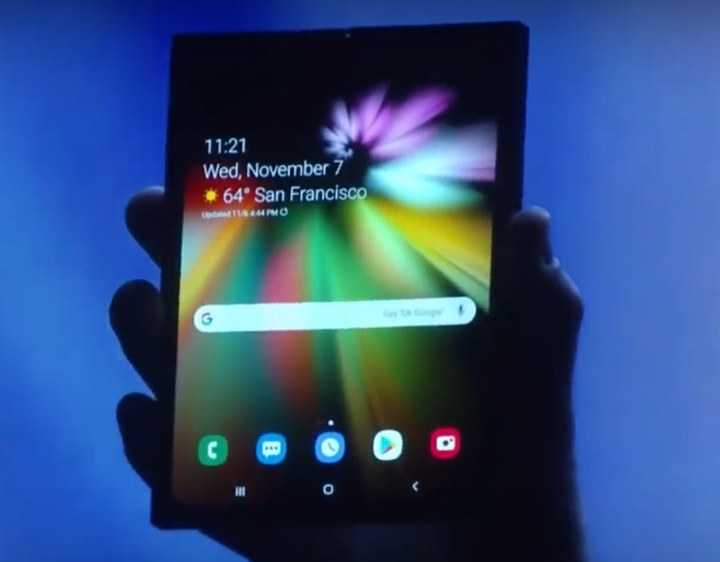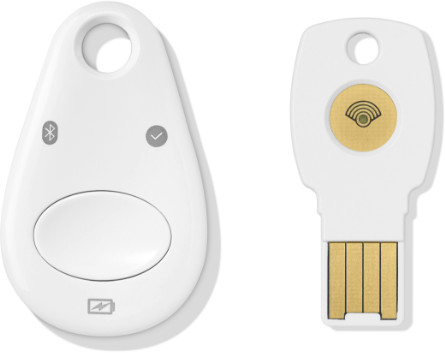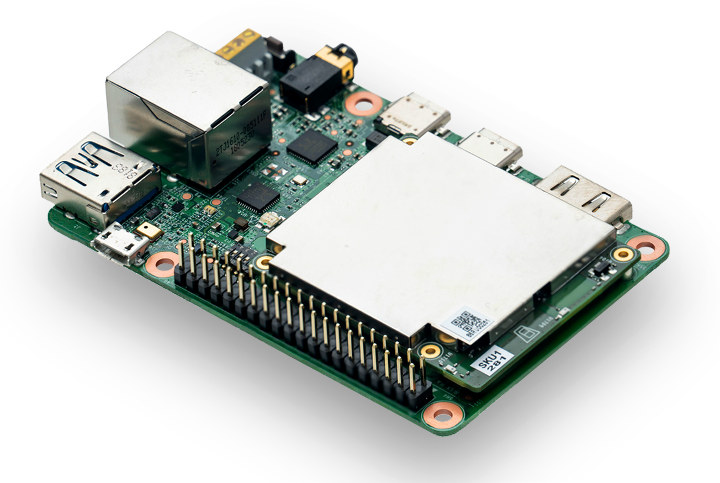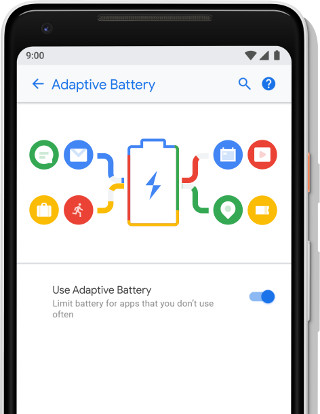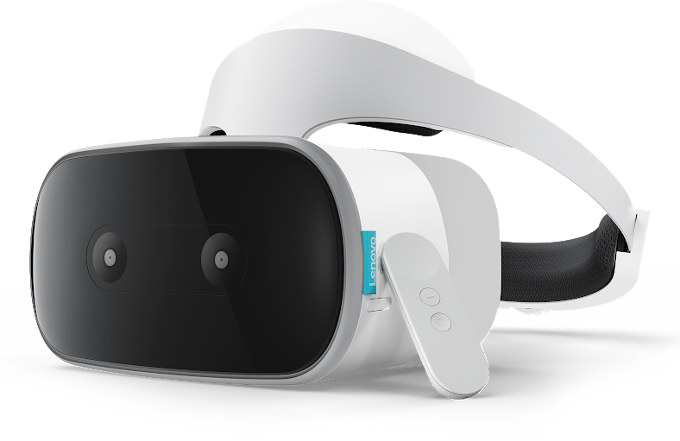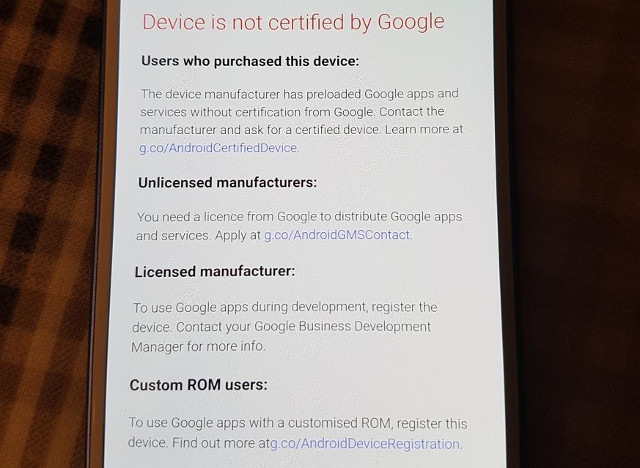Several Android mobile device categories have been launched to the market with smartphones, tablets, phablets, smartwatches, etc… But there’s a new category coming soon: foldables. They will be two variants: those with two display side-by-side such as ZTE Axon M, and smartphone with flexible displays that bend and fold, and are likely to be more popular. Google has just announced official support for foldables in Android, and Samsung has unveiled their Infinity Flex Display for foldables. Android will support both variants of foldables. When folded, foldables look like normal phones, but when unfolded, the screen size doubles transforming the phone into a tablet of sort. Android will automatically resize the screen in a seamless fashion which Google calls “screen continuity”. You can start a video with the phone folded, and when you open it it will neatly switch to the bigger screen tablet-like experience. Several manufacturers will come with foldables, […]
Google Launches Pixel 3 & Pixel 3 XL Smartphones for $799 and Up
Google just hosted a Made by Google hardware event, where they announced several products, and it’s always interesting to check out what they come up with. In this post, I’ll check out Pixel 3 and Pixel 3 XL premium smartphone from the company, and see if they implemented any significant “innovations”. Google Pixel 3 and Pixel 3 XL specifications: SoC – Qualcomm Snapdragon 845 octa-core processor with 4x Gold cores (Cortex A75 based) @ up to 2.50 GHz, 4x Silver cores (Cortex-A55 based) up to 1.60 GHz, Adreno 630 GPU, Pixel Visual Core, and Titan security chip System Memory – 4GB LPDDR4x Storage – 64GB or 128GB UFS storage Display Pixel 3 – 5.5″ FHD+ (2160×1080) flexible? always-on OLED display with Corning Gorilla Glass 5 Pixel 3 XL – 6.3″ QHD+ (2960 x 1440) always-on OLED display with Corning Gorilla Glass 5 Cameras Rear camera – 12.2MP dual-pixel camera with […]
Google Titan Security Key Prevents Phishing Attacks
Phising is a social engineering method that aims to trick users into giving their passwords. This can normally be mitigated with things called “brain” and “paying attention”, but since we are all humans mistakes may happen on a bad day. Even Google employees who should be tech savvy fell for the tricks from time-to-time, so Google made employees use 2-factor authentication with a hardware security key since January 2017, and none of Google workers failed for a phising attack since then. CNET was provided with a sample of Google’s “Titan Security Key”, which comes in both USB and Bluetooth/NFC versions, and will be available for sale in Google’s online store within the next few months. The full technical details have not been provided for the key, but we do know Titan Security Keys support FIDO protocol, and are built with a secure element and a firmware written by Google that […]
Google Unveils Edge TPU Low Power Machine Learning Chip, AIY Edge TPU Development Board and Accelerator
Google introduced artificial intelligence and machine learning concepts to hundreds of thousands of people with their AIY projects kit such as the AIY Voice Kit with voice recognition and the AIY Vision Kit for computer vision applications. The company has now gone further by unveiling Edge TPU, its own purpose-built ASIC chip designed to run TensorFlow Lite ML models at the edge, as well as corresponding AIY Edge TPU development board, and AIY Edge TPU accelerator USB stick to add to any USB compatible hardware. Google Edge TPU (Tensor Processing Unit) & Cloud IoT Edge Software Edge TPU is a tiny chip for machine learning (ML) optimized for performance-per-watt and performance-per-dollar. It can either accelerate ML inferencing on device, or can pair with Google Cloud to create a full cloud-to-edge ML stack. In either case, local processing reduces latency, remove the needs for a persistent network connection, increases privacy, and […]
Google Assistant Adds 6 New Voices, Supports Smart Displays, Will Expand to 80 Countries
We’ve already seen announcements about Android P and Android Things 1.0 for Google I/O 2018, but the company also took the opportunity to provide an update to the new features coming to Google Assistant. Some of the improvements are specifically related to the audio features (voice assistant): Google Assistant is now naturally conversational so it can understand more complex requests such as asking the weather using expressions like “Will it be cats and dogs today?”. 6 new voices are now available, and John Legend’s voice is coming later this year. More voices should be supported in the future, thanks to improvements in AI and WaveNet technology from DeepMind that eliminates the needs for recording hundreds of hours of audio in a recording studio, and enabled adding new voices in just a few weeks. Continued Conversation – as its name implies – will allow Assitant and you to have a “natural […]
Android P Beta Released. What’s New?
Last March, Google released Android P developer preview with new features such as indoor positioning with WiFi RTT, support for display notch, HDR VP9, HEIF image compression, a new API to access two or more camera simultaneously and so on. Google I/O 2018 has just gotten started, and the company announced the release of Android P beta with yet more features, and support for phones from more manufacturers. Some of the most notable features include: Adaptive Battery uses machine learning to prioritize access to system resources for a user’s most commonly run apps, and places each app in four “buckets” ranked from “active” to “rare”. Apps will change buckets over time, and apps not in the “active” bucket will have restrictions for jobs, alarms, network and high-priority Firebase Cloud Messages. App Actions will also use machine learning to show actions for specific apps depending on context. For example highlighting “Taylor Swift” […]
Lenovo Introduces Mirage Solo Daydream Standalone Virtual Reality Headset & Mirage Camera for VR180 Video Recording
Standalone / All-in-One Android virtual reality headsets have been around for a couple of years, mostly from Chinese vendors. But the number and quality of VR apps available were rather low at the time, and those VR headsets were mostly useful to watch 360° & VR videos. This may explain why larger companies had not launched any standalone headset so far, but this week everything changed, as Facebook started selling their Oculus Go virtual reality headset , and Google & Lenovo have just jointly announced the availability of Mirage Solo, the first standalone VR headset compatible with Google Daydream. Lenovo Mirage Solo specifications: SoC- Qualcomm Snapdragon 835 VR processor System Memory – 4 GB RAM Storage – 64 GB UFS flash, microSD Card slot up to 256 GB Display – 5.5″ QHD (2560 x 1440) LCD display @ 75 Hz Lenses – 2 x Fresnel-Aspheric 110° FOV Camera – Dual […]
Google Has Made it Harder to Load Google Apps on Uncertified Devices
Cheap TV boxes or development boards that can run Android, are not normally certified by Google, but you can still use Google Apps like the Google Play Store either directly with the manufacturer pre-loading the packages on the device, or manually by installing the packages yourself. According to a report by XDA developers, Google has made it harder to load Gapps on uncertified devices starting from March 16th, and if you try to login on a new custom firmware you may get the message “Device is not certified by Google” when accessing a Google app. The change will apparently only affect newly built firmware , so older firmware should still be able to access Google Play store (TBC). We’ll have to see how it turns out. Google Play Services is said to check ro.build.fingerprint for the build date, but it seems too easy to work around this, if that’s the […]


